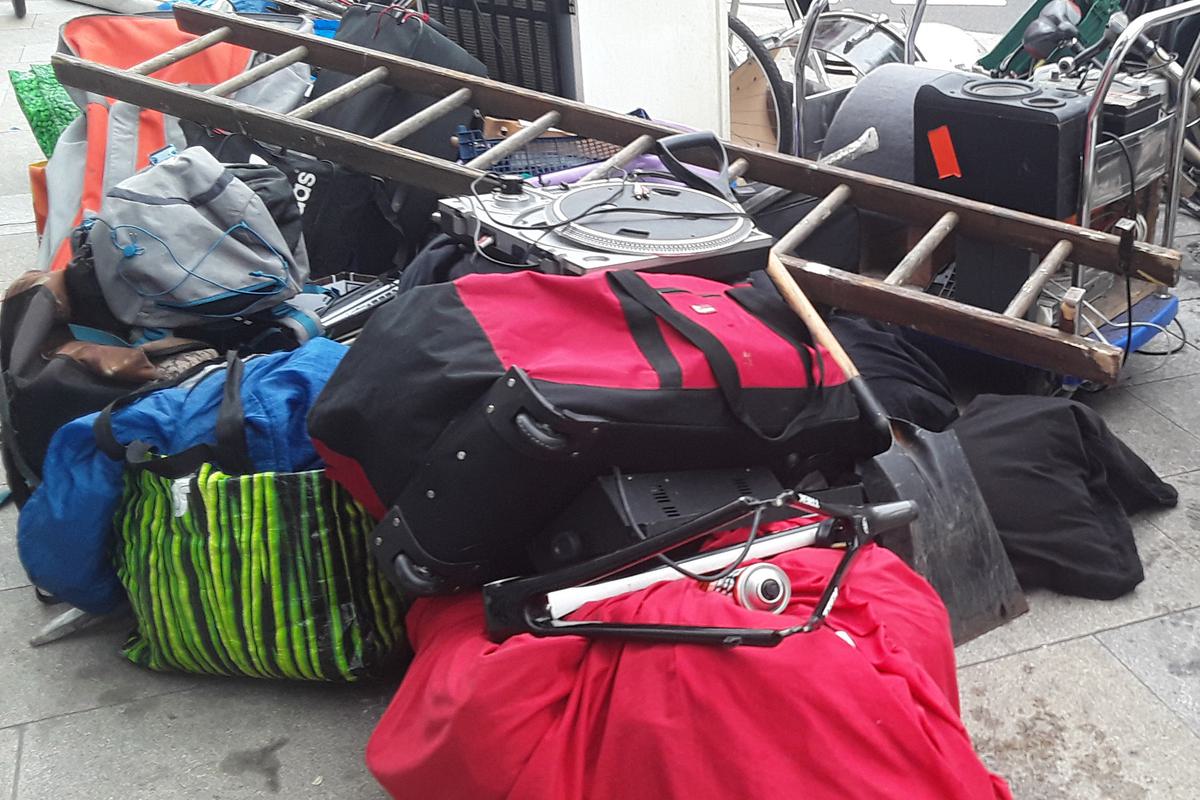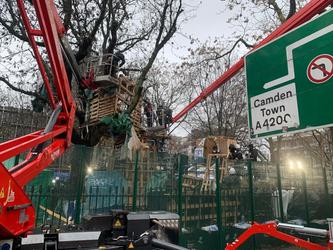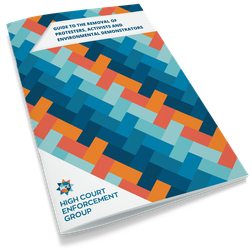Goods left behind after eviction

When occupiers are removed from a site, they frequently leave possessions behind.
These can be smaller items, but we have found some larger ones, such as the boats that were left on site after we removed the occupiers from Grow Heathrow.
You might think that these goods have been abandoned and that the landowner can simply dispose of them. However, that is not the case and he does have a legal responsibility for the goods.
Torts (Interference with Goods) Act
Section 12 of the Torts (Interference with Goods) Act 1977 covers goods left behind. Even though they appear to have been abandoned, they are still the property of the occupier and the landowner has an obligation to take care of the goods and make “reasonable” attempts to trace the occupier to return them.
Under the Act, the owner of the goods is called the bailor and the landowner is the involuntary bailee.
Tracing the bailor
In the case of tenants, this is easier, as notice can be sent on to their forwarding address. However, in the case of trespassers, this will not be known. The writ of possession that gave the authority to remove them will have been made against “persons unknown”.
In this case, we would normally do two things when undertaking the eviction. Firstly, we will give the occupiers printed instructions as they leave the site on how to recover any goods they might have left behind. Secondly, we will post notices with the same information at the perimeter of the site.
Selling or disposing of the goods
Under S12 of the Torts Act, the bailee/landowner is permitted to sell or dispose of the goods if the bailee either breaks an arrangement to collect them or is untraceable, provided the bailor has given the proscribed form of notice and has undertaken reasonable attempts to trace the occupiers.
The notice must give the name and address of the bailor and details of the goods and where they are being held, and it must state that they are ready to be delivered to the bailor.
It must also state where and when they will be sold, as well as which costs will be deducted from the proceeds. Those costs might include storage and sale costs that have been incurred during this process.
The notice needs to be sent by registered post or recorded delivery to the bailee and attached to the property. Of course, with trespassers, the latter is probably the only feasible means of giving notice.
There is no set notice period; it just needs to give the bailor a reasonable opportunity to collect his goods. However, if you do want to recover costs from the proceeds of sale, then you must give at least three months’ notice (schedule 1, Part II - para 6).
Frequently, in the case of an eviction of trespassers, most of the goods left behind have little or no resale value, in which case they must be disposed of, at the landowner’s expense once the he has complied with the requirements of the Torts Act.
Detritus left on site
Items that are clearly rubbish may, however, be cleared after the eviction, a service which we can arrange to undertake on your behalf.



